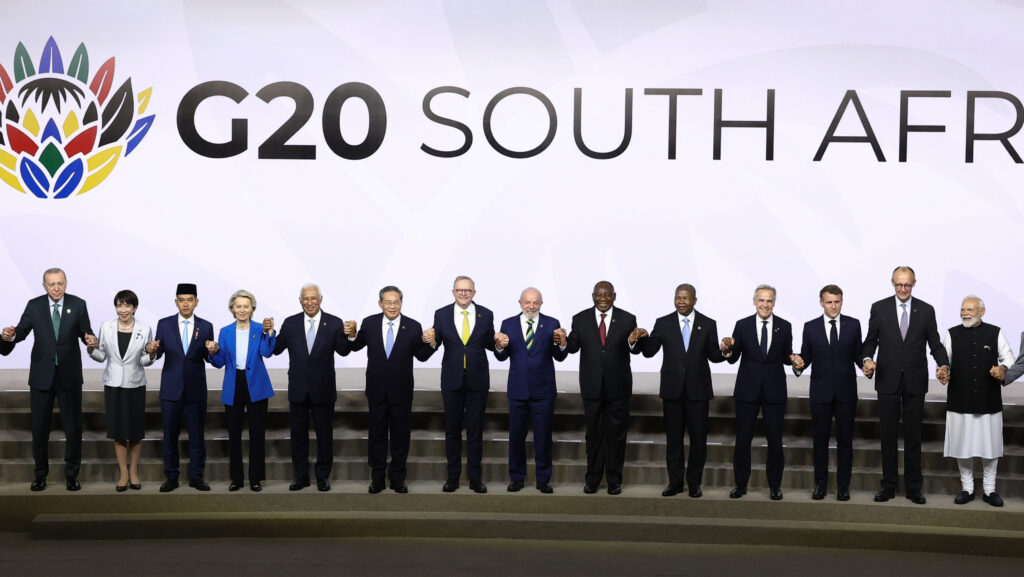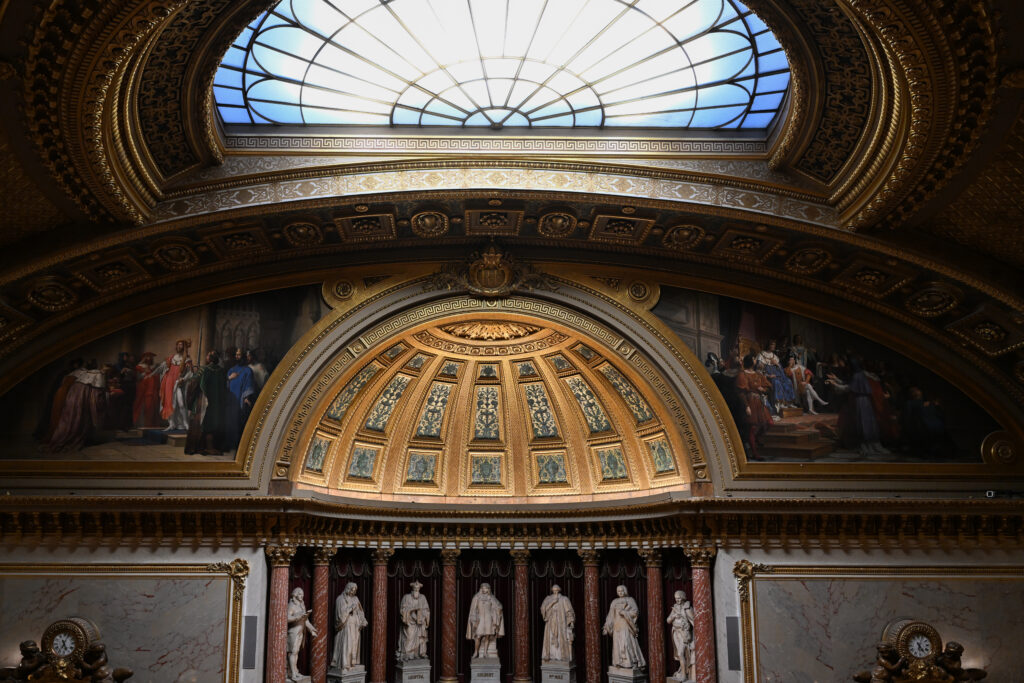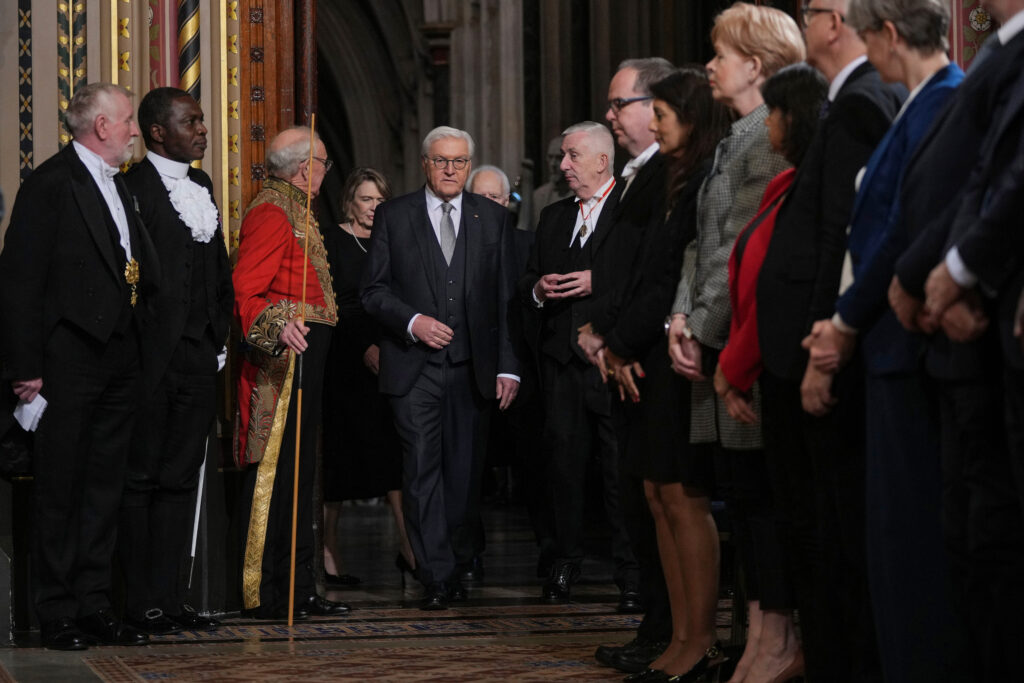Legendary American folk singer Joan Baez has told AFP that the return of Donald Trump to the White House has pushed her to go back to the studio where she has just recorded a protest song.The 1960s icon, a famed anti-war and social justice campaigner, will appear on a duet with American folk singer Jesse Welles, performing his anti-Trump track “No Kings”.”I love singing with younger people, and that song is perfect for my voice. It was just a treat,” the 85-year-old told AFP in Paris, adding that it would be released in the next 10 days.”It’s fresh, and he’s 33 and he’s writing this stuff, and I haven’t heard anything like that,” Baez added of Arkansas-born Welles, whom she has performed with several times.”What’s needed is an anthem, something that everybody can sing. They don’t have to worry about all the verses. Just sing the ‘No Kings, no Kings, no Kings’ part,” the pacifist campaigner added.Baez’s last recording was “Whistle Down the Wind”, released in 2018.As well as writing about Trump and billionaire paedophile Jeffrey Epstein, Welles’s other recent release is “Join Ice”, which mocks the beefed-up department of Immigration and Customs Enforcement.The shaggy-haired singer-songwriter, known for his witty lyrics and nasal voice, invites immediate comparisons with Baez’s ex, Bob Dylan.”There isn’t any comparison so I wouldn’t pretend there was, but similarities? For sure,” said Baez.”But I’m happy to keep Dylan on the pedestal where he belongs.”- ‘Huge thing’ – The Baez-Dylan love story was back in the spotlight in last year’s well-received Dylan biopic “A Complete Unknown”, starring Timothee Chalamet.Baez was broadly happy with her portrayal by actress Monica Barbaro, with the Oscar-nominated actress consulting her several times during her research. “The film was a huge thing,” Baez explained, saying she was recognised on the street much more now. “There was a huge spike and it’s still going on.”Two of the world’s biggest female artists — Lana Del Rey and Taylor Swift — have also helped introduce Baez to new, younger audiences.Swift brought Baez on stage during a 2015 stop in California, while Lana Del Ray has sung with her and went on to write a 2021 song about their night-out together, “Dance Till We Die.”Baez praised “very sweet” Swift who she says “gives her money away all the time”. She said she was initially sceptical about playing with Del Rey because her teenage fans would be too young to know Baez in her pomp, when she shared stages with Martin Luther King or led anti-Vietnam war protests.”She said ‘Well, they should know you’. I loved her for that,” Baez explained. “Of the young women songwriters, she’s my preference to listen to.”- ‘Honest legacy’ – When not worrying about American democracy, indulging her passion for painting or tending to her chickens at her south California home, Baez’s focus in recent years has been releasing more autobiographical material.She opened up her personal video archives for the 2023 documentary “Joan Baez: I Am a Noise”, revealing her struggles with depression, substance abuse, and her belief she had suffered child abuse from her physicist father.After writing two sets of memoirs, her latest contribution is a book of poems, collected from scraps of paper, notebooks and old computers, all composed over decades.Some of them were written during her time struggling with dissociative identity disorder, a condition that sees sufferers assume multiple personalities.”I can write poetry now, but there was something special about the way it was written from inner voices here and they can’t come back,” she said. Although she suffers from nightmares and sometimes struggles to keep the “darkness and gloom” out, she says her last decade has been her happiest.”Isn’t that nuts?” she laughed. “For whatever reason, I’m just giving up a lot of shit. At 85, who cares? She did her last tour in 2019 and no longer plays guitar.”I really want to leave an honest legacy, whether it’s the poems, the music, the documentary. I’m going to close it out in an honest way,” she said.









